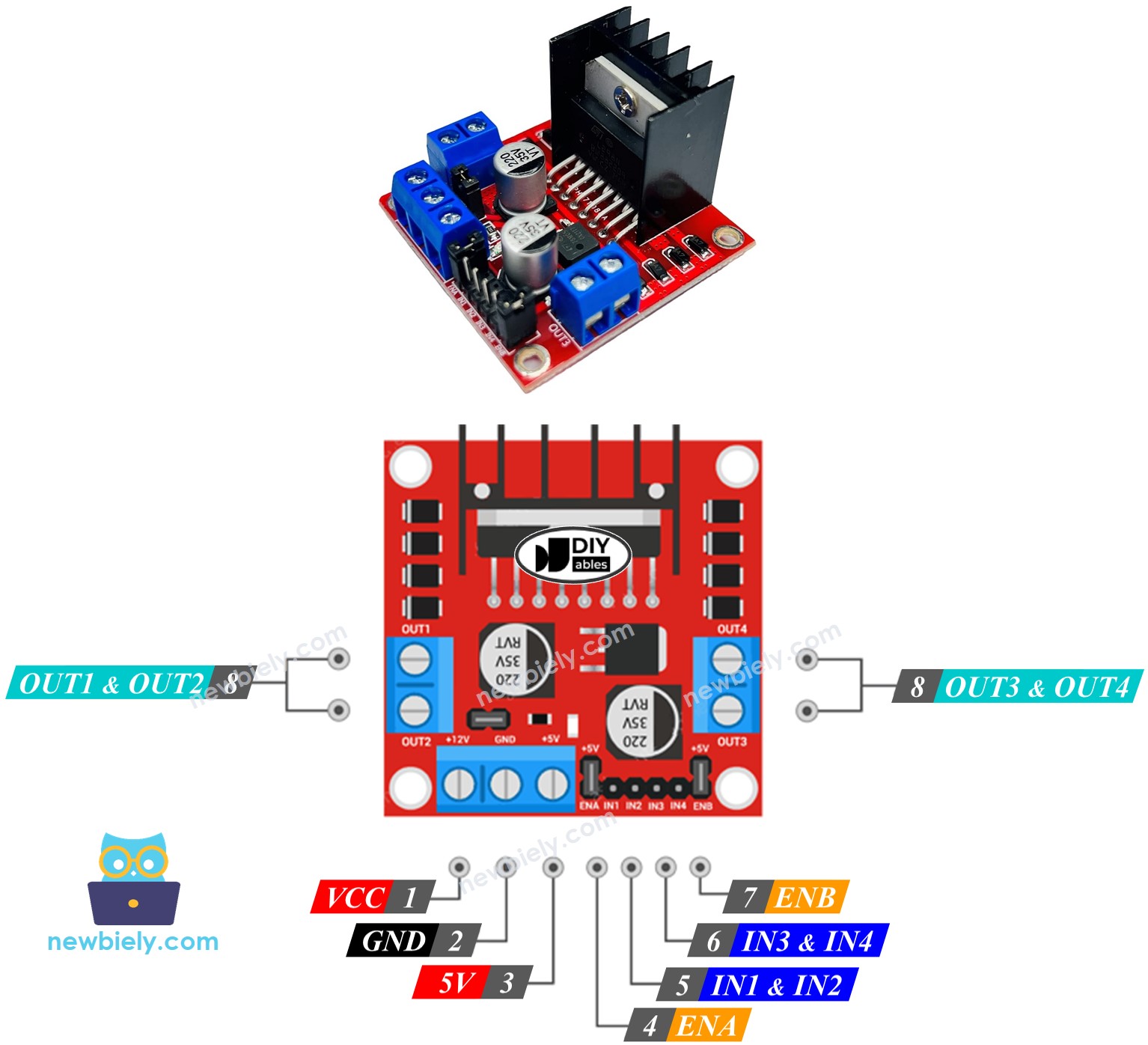RemoteIoT firewall is the key to securing your Internet of Things (IoT) devices when working remotely. In today’s hyper-connected world, the importance of securing your IoT devices cannot be overstated. Imagine having your smart home devices compromised because of a single security loophole. That’s where RemoteIoT firewall comes into play, offering an extra layer of protection to keep your devices safe from cyber threats.
Picture this: you’re working from home, managing smart lights, cameras, thermostats, and even security systems through your smartphone or laptop. Sounds convenient, right? But here’s the catch—every connected device is a potential entry point for hackers. RemoteIoT firewall acts as your digital bouncer, filtering out unwanted traffic and protecting your network from unauthorized access.
This tutorial will guide you through the ins and outs of RemoteIoT firewall setup, configuration, and optimization. Whether you’re a tech-savvy professional or just starting with IoT devices, this guide has got you covered. So, buckle up and let’s dive into the world of secure remote connectivity!
- Why Vega Movies Com Is A Mustvisit For True Movie Enthusiasts
- Hdhub4utv Your Ultimate Destination For Highquality Entertainment
Table of Contents
1. Introduction to RemoteIoT Firewall
2. The Rise of IoT and Its Security Challenges
3. Setting Up Your RemoteIoT Firewall
- Vegovies The Ultimate Guide To Plantbased Movie Snacking
- The Vegamovies Your Ultimate Streaming Hub For Movie Lovers
4. Configuring the Firewall for Optimal Protection
5. Common Issues and Troubleshooting Tips
6. Optimizing Your RemoteIoT Firewall
7. Best Practices for Securing IoT Devices
8. Essential Tools for Managing RemoteIoT Firewalls
9. The Future of RemoteIoT Security
Introduction to RemoteIoT Firewall
RemoteIoT firewall is more than just a buzzword in the tech world; it’s a necessity. As the number of IoT devices grows exponentially, so does the risk of cyberattacks. This section will introduce you to the concept of RemoteIoT firewalls and why they are crucial for securing your remote setup.
Think of it as a virtual guard that monitors all incoming and outgoing traffic on your network. It ensures that only authorized data passes through, keeping malicious actors at bay. With the increasing reliance on remote work, having a robust firewall system is no longer optional—it’s essential.
Why RemoteIoT Firewall Matters
Let’s break it down. Your IoT devices are like little windows into your home or office. Without proper security, these windows can be easily exploited by hackers. A RemoteIoT firewall acts as a shield, blocking unauthorized access and ensuring your devices remain secure.
The Rise of IoT and Its Security Challenges
The Internet of Things (IoT) has revolutionized the way we live and work. From smart fridges to autonomous vehicles, IoT devices have become integral to our daily lives. However, with great power comes great responsibility—or, in this case, great security challenges.
As more devices connect to the internet, the attack surface for cybercriminals expands. This is where RemoteIoT firewall steps in, providing a much-needed solution to the growing security concerns surrounding IoT devices.
Key Statistics on IoT Security
- By 2025, there will be over 75 billion IoT devices worldwide.
- Over 70% of IoT devices have known vulnerabilities.
- Cyberattacks targeting IoT devices increased by 300% in 2020 alone.
Setting Up Your RemoteIoT Firewall
Now that you understand the importance of RemoteIoT firewall, it’s time to get your hands dirty and set one up. This section will walk you through the initial setup process, making it as easy as pie.
First things first, you’ll need to ensure your network is compatible with the RemoteIoT firewall. Most modern routers and network devices come with built-in support for firewalls, but you might need to install additional software for enhanced security.
Step-by-Step Setup Guide
- Access your router’s admin panel.
- Locate the firewall settings section.
- Enable the RemoteIoT firewall option.
- Configure basic settings such as port forwarding and IP whitelisting.
- Save your changes and test the connection.
Configuring the Firewall for Optimal Protection
Setting up a RemoteIoT firewall is just the beginning. To truly maximize its potential, you’ll need to configure it properly. This involves fine-tuning various settings to suit your specific needs and security requirements.
One of the most important aspects of configuration is setting up rules for inbound and outbound traffic. By defining these rules, you can ensure that only legitimate traffic is allowed to pass through your network.
Advanced Configuration Tips
- Create custom rules for specific devices.
- Implement time-based restrictions to limit access during off-hours.
- Regularly update your firewall software to patch vulnerabilities.
Common Issues and Troubleshooting Tips
Even the best-laid plans can go awry. If you encounter issues with your RemoteIoT firewall, don’t panic. This section will help you troubleshoot common problems and get your firewall back up and running in no time.
One of the most frequent issues users face is connectivity problems. This can be caused by misconfigured settings or conflicts with other network devices. By following a systematic approach, you can identify and resolve these issues quickly.
Top Troubleshooting Steps
- Check your router’s logs for error messages.
- Verify that all devices are properly connected to the network.
- Reset the firewall settings and reconfigure them step by step.
Optimizing Your RemoteIoT Firewall
Once your RemoteIoT firewall is up and running, it’s time to optimize it for peak performance. This involves tweaking various settings to ensure your network remains secure without compromising speed or functionality.
One effective way to optimize your firewall is by implementing Quality of Service (QoS) rules. These rules prioritize certain types of traffic, ensuring that critical applications receive the bandwidth they need to function properly.
Optimization Best Practices
- Monitor network traffic regularly to identify potential bottlenecks.
- Adjust firewall rules based on changing network conditions.
- Utilize cloud-based monitoring tools for real-time insights.
Best Practices for Securing IoT Devices
While RemoteIoT firewall is a powerful tool, it’s not a silver bullet. To truly secure your IoT devices, you’ll need to adopt a comprehensive approach that includes best practices for device management and network security.
Some of these best practices include regularly updating firmware, using strong passwords, and segmenting your network to isolate sensitive devices.
Top Security Practices
- Change default passwords on all IoT devices.
- Enable two-factor authentication wherever possible.
- Regularly back up important data to prevent loss in case of a breach.
Essential Tools for Managing RemoteIoT Firewalls
Managing a RemoteIoT firewall can be a complex task, especially for large networks. Fortunately, there are several tools available to simplify the process and make it more efficient.
From cloud-based management platforms to mobile apps, these tools offer a range of features to help you stay on top of your network security. Some even provide automated alerts and real-time monitoring, giving you peace of mind knowing your network is always protected.
Recommended Tools
- pfSense: A popular open-source firewall solution.
- Fortinet: A comprehensive network security platform.
- Firewalla: A user-friendly hardware firewall for home networks.
The Future of RemoteIoT Security
As technology continues to evolve, so too will the methods used to secure IoT devices. The future of RemoteIoT security lies in advancements such as artificial intelligence, machine learning, and blockchain technology.
These technologies promise to revolutionize the way we approach network security, offering more intelligent and adaptive solutions to combat the ever-changing threat landscape.
Innovations to Watch For
- AI-driven threat detection systems.
- Blockchain-based device authentication.
- Quantum encryption for ultra-secure communications.
Wrapping It All Up
In conclusion, mastering RemoteIoT firewall is essential for anyone looking to secure their IoT devices in a remote work environment. By following the steps outlined in this tutorial, you can set up, configure, and optimize your firewall to provide the best possible protection for your network.
Remember, security is an ongoing process. Stay informed about the latest threats and technologies, and don’t hesitate to reach out to experts if you need additional guidance. Together, we can make the Internet of Things a safer place for everyone.
So, what are you waiting for? Take action today and secure your IoT devices with a RemoteIoT firewall. Share this article with your friends and colleagues, and let’s spread the word about the importance of cybersecurity in the modern world.


![[RemoteIoT Behind Firewall] Examples & Best Practices Secure Access](https://sophisticnetworks.com/wp-content/uploads/2020/04/what-is-Firewall-and-its-types.png)